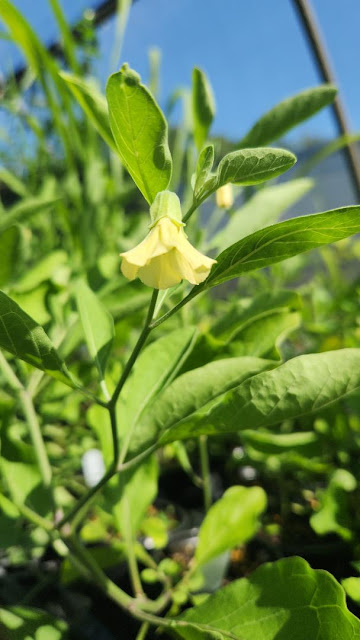White sunnybell (Schoenolirion albiflorum) is a perennial member of the agave family. It occurs throughout peninsular Florida in the eastern half of the state with additional occurrences on the west coast in the Big Bend region. There are additional populations in southeastern Georgia as well. Throughout its range, it is found in open, sunny wetland depressions and is considered an obligate wetland species.
The narrow linear leaves arise from the tops of an upright base in spring and eventually wither as the stalk matures. The single unbranched stalk reaches a mature height of 3-5 feet by late spring. The flower buds are clustered near the top of this stalk and each occurs singly on a long reddish pedicel. Each flower is composed of 3 white petals and 3 idendical white sepals (6 tepals). The flowers open from the bottom of the stalk and proceed upwards over several weeks. Pollinated flowers produce a dry capsule that eventually splits to release a great many tiny seeds.
Although quite showy, white sunnybell is not propagated by any of the native plant nurseries affiliated with FANN - the Florida Association of Native Nurseries nor by any nurseries in Georgia to the best of my knowledge. It would require seasonally wet conditions and good sunlight to prosper and this would limit its landscape use to lake and marsh edges that might have several inches of standing water during the summer rainy season.
These photos were taken by my friend Steve Coleman and used by permission.

















